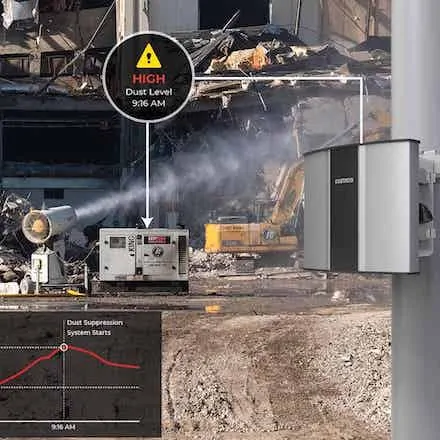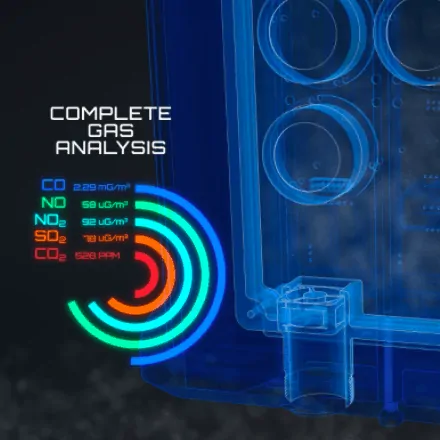Data Driven Environmental Automation

Data Driven Environmental Automation
Written By : Ayyan Karmakar & Bhumik Nayak Published On September, 2020
Download Whitepaper
Environmental monitoring systems generate incredible amounts of data each day. The opportunity of putting such valuable data to work is missed if the data cannot be converted into timely actions. Data-driven environmental automation can be triggered in real-time by integrating monitoring data with various mitigative systems such as dust suppression, odour control, air purification, etc. Through data-driven environmental automation, the authorities can take preventive measures and sustain air quality within permissible limits, which improves environmental health. Industrial process control can also be improved which significantly improves industrial health and safety. The process of collecting, analyzing data and taking data-driven actions has evolved with time and technology. Earlier systems required considerable human intervention, which usually resulted in inefficiency. The modern network-based system integrates multiple and diverse objects of the whole operation and facilitates automatic data-driven actions. A diverse set of actions can be easily integrated and can be made automatic, including issuing warnings, alerts and recommendations for workers, red-flagging hazardous systems, real-time updation of risk assessment, intensity regulation of mitigative systems etc. Threshold-based trigger mechanisms can be programmed to turn various systems on and off smartly. Smartly optimized process and operation control saves operational costs and also reduces maintenance frequency significantly. Data-driven environmental automation saves valuable time by taking timely actions. Resources are saved through real-time mitigative actions ensuring higher operational sustainability. Environmental health and safety (EHS) is improved due to the higher efficiency of the mitigative processes. Sectors covered for Data-driven Environmental Automation in this paper are:
- Tunnels and Parking Ventilation Automation.
- HVAC Automation for Critical Indoor Environment.
- Air Purifier Automation.
- Smart Weather Automation.
- Dust Control Management.
- Landfill Fire/Odour Detection Automation.
- Automation in Traffic Management.
- Automated Odour Control.
- Manufacturing Process Automation.
Environmental automation is not limited to these sectors. The paper provides a general overview of possible and common applications.




